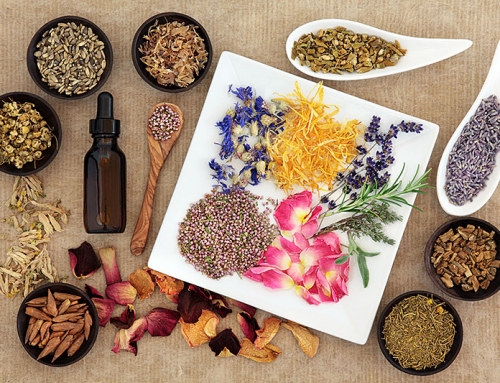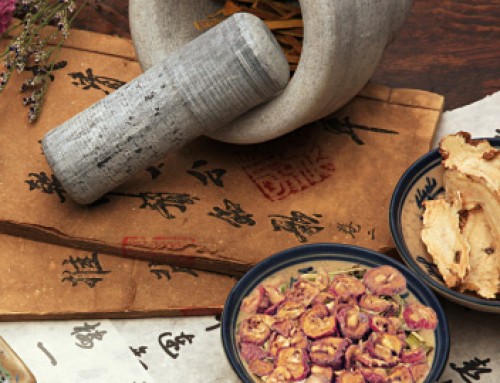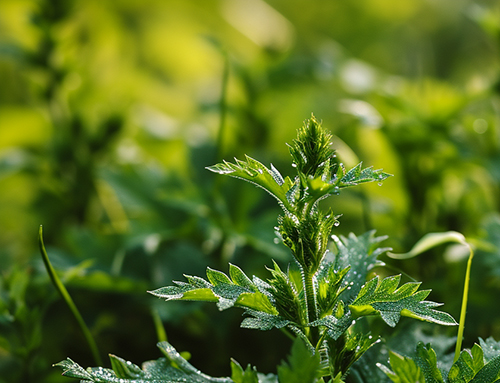白蒺藜
Tribulus fruit (Baijili)
Pharmaceutical Name: Fructus Tribuli
Botanical Name: Tribulus terestris L.
Common Name: Tribulus fruit. Puncture-vine fruit
Source of Earliest Record: Shennong Bencao Jing
Part Used: The ripe fruit is gathered in autumn, dried in the sun and baked until the fruit turns yellow.
Natural Properties & Taste: Bitter, pungent and neutral
Meridians: Liver
Therapeutic Effects:
1. To pacify the liver and subdue the yang.
2. To promote the free flow of qi in the liver and release stagnation.
3. To expel wind and stop itching.
4. To brighten the eyes.
Indications:
1. Hyperactivity of liver yang manifested as dizziness, vertigo, distension and pain in the head. Tribulus fruit (Baijili) is used with Uncaria stem (Gouteng), Chrysanthemum flower (Juhua) and White peony root (Baishao).
2. Qi stagnation of the liver manifested as distension in the breasts, uncomfortable feeling in the chest and hypochondriac regions and obstructed lactation. Tribulus fruit (Baijili) is used with Bupleurum root (Chaihu), Tangerine leaf (Juye), Green tangerine peel (Qingpi) and Cyperus tuber (Xiangfu).
3. Wind and heat in the liver meridian manifested as red eyes and profuse lacrimation. Tribulus fruit (Baijili) is used with Chrysanthemum flower (Juhua), Chastetree fruit (Manjingzi) and Cassia seed (Juemingzi).
4. Wind and heat in the blood manifested as rubella and itching. Tribulus fruit (Baijili) is used with Schizonepeta (Jingjie) and Cicada slough (Chantui).
Dosage: 6-10 g






